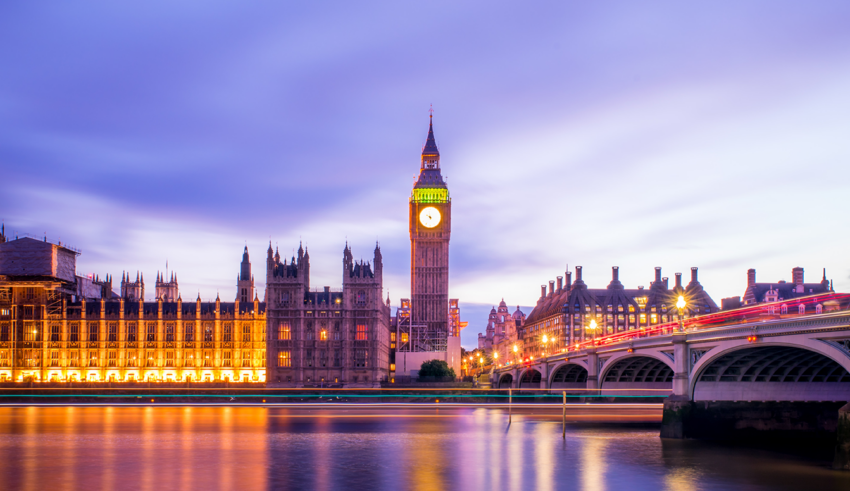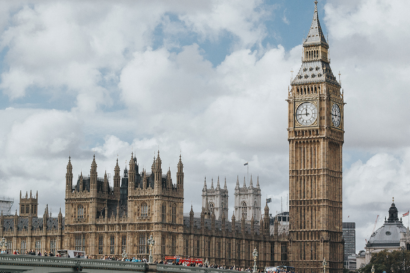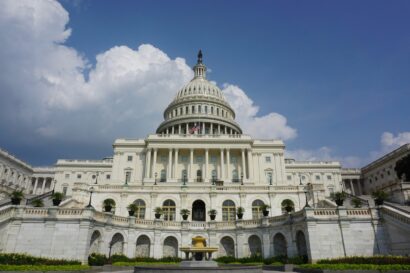AG INSIGHT | 23/03/2017
An affordable transition to a competitive, low carbon economy is possible

At a time when climate policies are often presented as a drag on economic growth, a recent report from the UK’s Committee on Climate Change shows that moving to a competitive low carbon economy can be done affordably, says Nick Molho of the Aldersgate Group.
Policies designed to tackle climate change have been in the spotlight in recent months. In the political discourse of the new Trump administration in the US and the coverage of parts of the UK media for example, climate policies have often been portrayed as inflicting disproportionate costs on businesses and households and undermining economic growth.
Yet a recent report from the UK’s Committee on Climate Change (CCC), the independent body tasked with advising the UK government on cutting emissions of greenhouse gases by at least 80% by 2050 under the Climate Change Act 2008, tells a different story.
Done right, a low carbon transition need not inflate energy bills
This report reviews the impact of the UK’s low carbon policies. These policies aim to drive greater investment in energy efficiency and low carbon infrastructure such as wind farms and better insulated buildings. The report found that low carbon policies had been successful at cutting emissions without increasing household energy bills in real terms or having a material impact on the competitiveness of UK businesses. It also found that the low carbon sector represents an increasingly important avenue of growth for the UK economy.
In the case of households, low carbon policies amounted to around £105 or 9% of the annual energy bill of the typical household in 2016. These bills were £115 lower in real terms compared to 2008, the year the UK’s Climate Change Act was passed, thanks to reduced electricity and gas demand resulting from better insulated buildings and more efficient household appliances. Going forward, whilst the costs of low carbon policies are set to increase, the CCC estimates that these can continue to be offset in a large part through additional energy efficiency gains.
The picture is similar when it comes to businesses. The CCC notes that the UK’s emissions dropped by 38% between 1990 and 2015, whilst GDP grew by nearly 65% over the same period. Low carbon polices were estimated to represent 0.2%, 0.4% and 0.7% of the operating costs of the commercial, manufacturing and energy intensive sectors, respectively, in 2016. Costs are expected to remain moderate in the future but the CCC rightly points out that energy intensive firms, whose competitiveness is more sensitive to increases in energy costs, require access to more predictable and reliable financial support to mitigate the impact of policy costs.
A competitive UK is a low carbon UK
Beyond impacts on bills, a study that was produced for the CCC also found that with UK strengths in areas such electric vehicles, offshore wind and low carbon advisory services, the low carbon sector represents an increasingly important part of the UK economy. The ONS had already valued the sector as having a turnover of over £83bn and employing close to 450,000 people in 2014. The new analysis prepared for the CCC estimates that the low carbon economy could increase from around 2% of the UK’s total output today to 8% by 2030, and 15% by 2050, with significant employment growth in the sector.
This holds important lessons for UK policymakers. It provides a clear business case for building on the progress made to date in cutting emissions and growing the low carbon economy. The government should use its upcoming Emissions Reduction Plan as an opportunity to provide sufficiently detailed policies to increase affordable private sector investment in low carbon power, heat, transport infrastructure and efficient buildings.
The Plan should also be mindful that many of the energy savings that have helped offset the cost of low carbon policies were spurred by minimum energy efficiency product standards set by EU legislation. The UK will need to maintain and develop these after leaving the EU.
The Industrial Strategy, currently under consultation, offers the possibility to think carefully about how central government can work closely with businesses and local authorities to ensure that companies and the workforce have the support and skills they need to benefit from the opportunities of a growing low carbon economy.
A global perspective
Internationally, this speaks for increasing ambition in domestic policies to cut carbon emissions in line with the long-term objectives of the Paris Agreement ratified last year, the aim of which is to limit the average warming of global temperatures to below 2C. In the case of the US, this means that individual states should continue to increase investments in renewable energy, energy efficiency and clean transport technologies. California’s commitment to strengthening pollution controls for cars in the face of the Trump administration’s call to roll back on these standards is a good example of the political leadership that is currently needed.
An affordable transition to a competitive, low carbon economy isn’t simple but it is certainly possible. To happen, it requires clear policies to attract affordable private investment in low carbon infrastructure, strong standards to improve the energy efficiency of our buildings and products, supportive policies to safeguard energy intensive businesses during this transition and last, but certainly not least in the current climate, stable political leadership.
Nick Molho is Executive Director of the Aldersgate Group.



